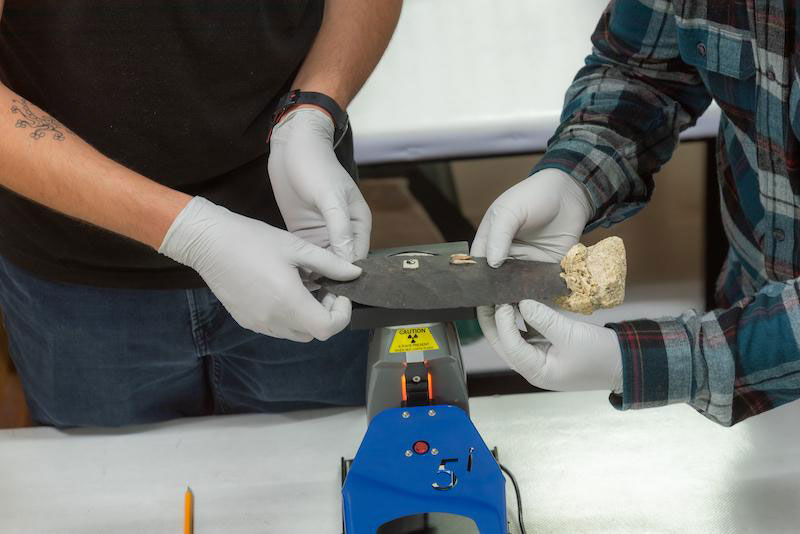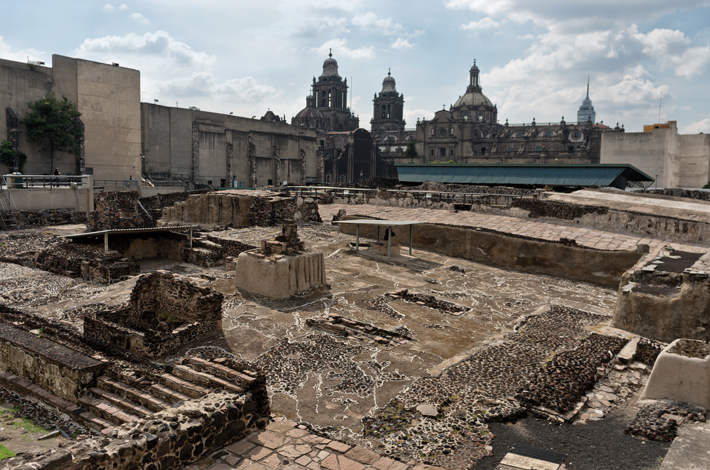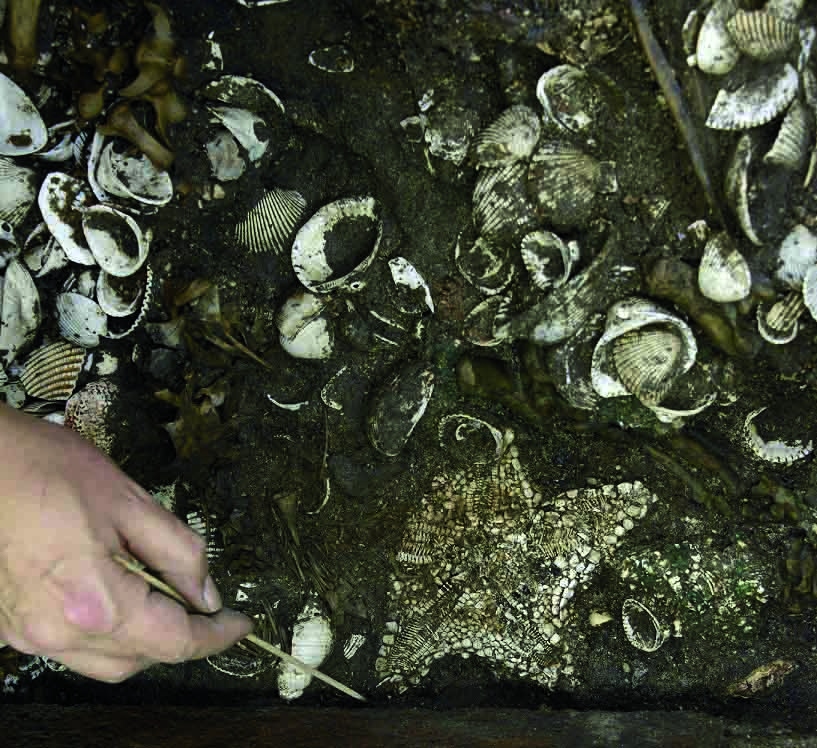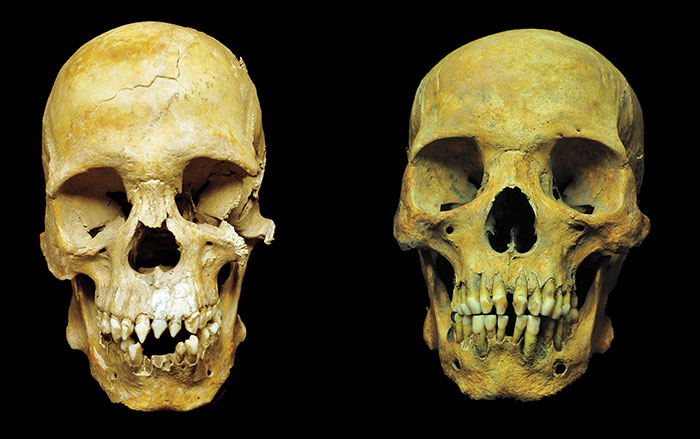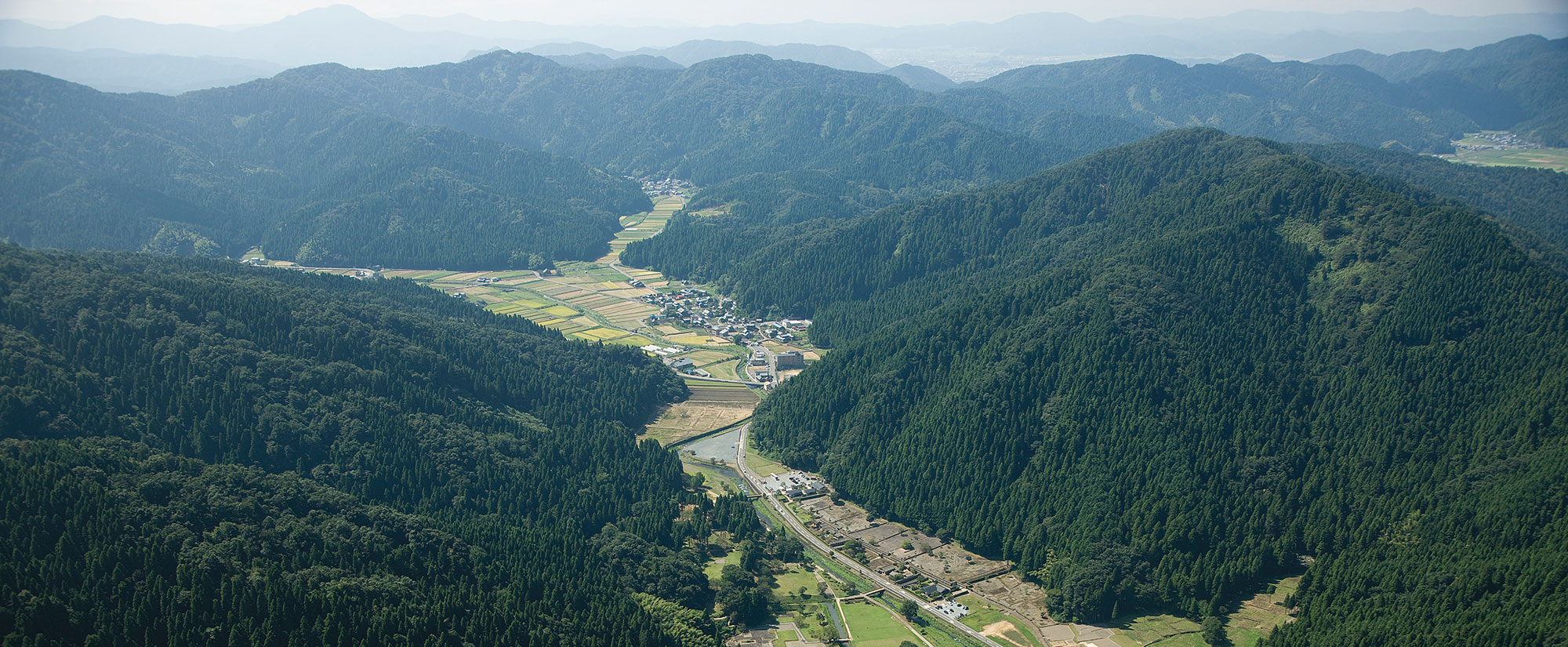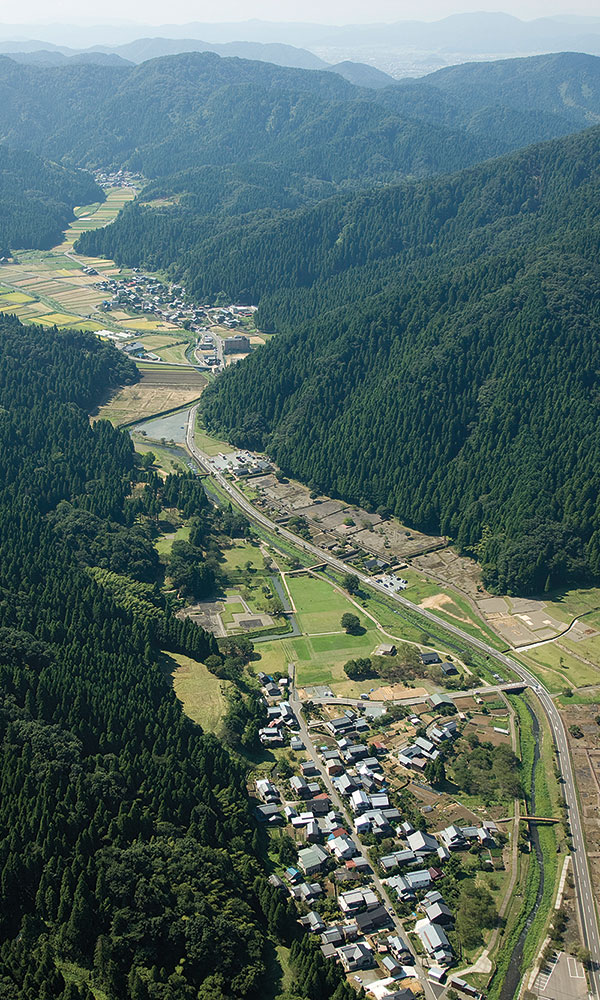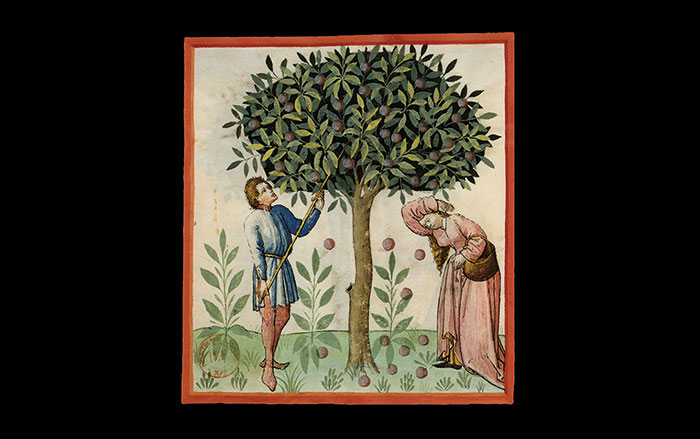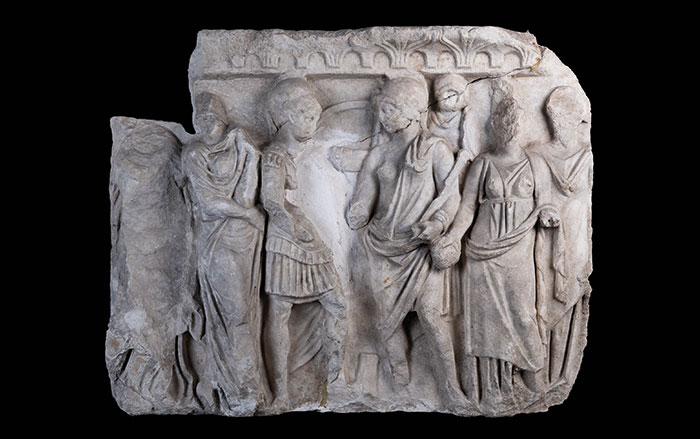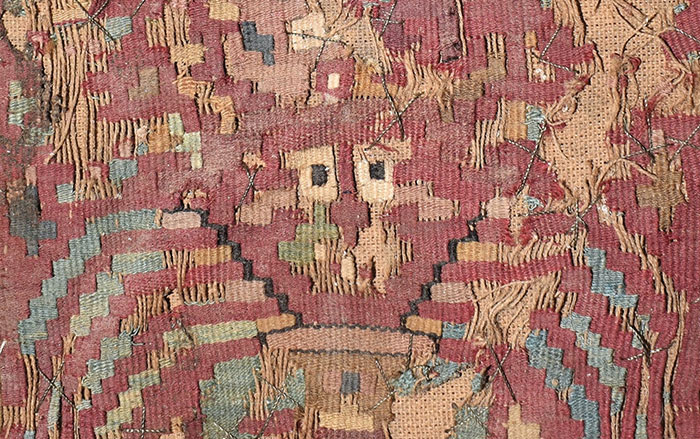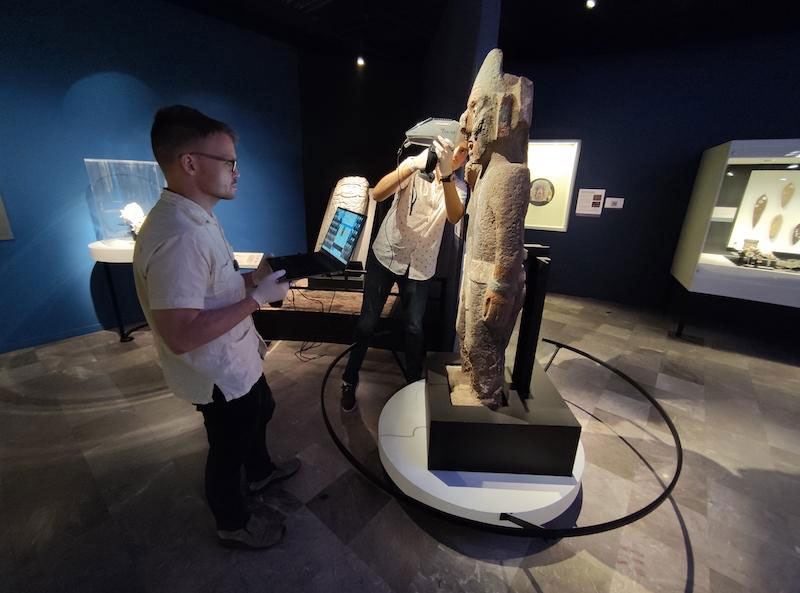
NEW ORLEANS, LOUISIANA—Artisans in the Aztec, or Mexica, Empire used obsidian to make a variety of items, from ceremonial objects to everyday tools. According to a statement released by Tulane University, a new study—the largest of its kind ever undertaken—has indicated that the Aztecs developed a vast trade network to obtain the much sought-after volcanic material. The research involved geochemical analysis of 788 obsidian artifacts excavated from the Templo Mayor in Tenochtitlan, the Aztec capital in current-day Mexico City. An international team of researchers determined that 90 percent of the objects were from obsidian sources at Sierra de Pachuca, located around 60 miles northeast of the city. Sierra de Pachuca obsidian was valued for its green hue and symbolic connection to the mythical city of Tollan. Almost all the ceremonial offerings from the Templo Mayor, including miniature weapons, jewelry, and inlays for sculptures, were made with this type of obsidian. Yet the researchers discovered that the Aztecs also obtained their obsidian from at least seven other locations in regions beyond their political borders, such as Ucareo in western Mexico. The findings suggest a sophisticated economy that relied not only on conquest but on active long-distance trade, even with rival polities. “Although the Mexicas preferred green obsidian, the high diversity of obsidian types, mainly in the form of non-ritual artifacts, suggests that obsidian tools from multiple sources reached the capital of the Empire through market instead of direct acquisition in the outcrop,” Tulane’s Diego Matadamas-Gomora said. “By studying where this material came from, we can explore the movement of goods across Mesoamerica.” To read about thousands of wooden artifacts unearthed beneath the Templo Mayor, go to "Aztec Offerings," one of ARCHAEOLOGY's Top 10 Discoveries of 2022.


